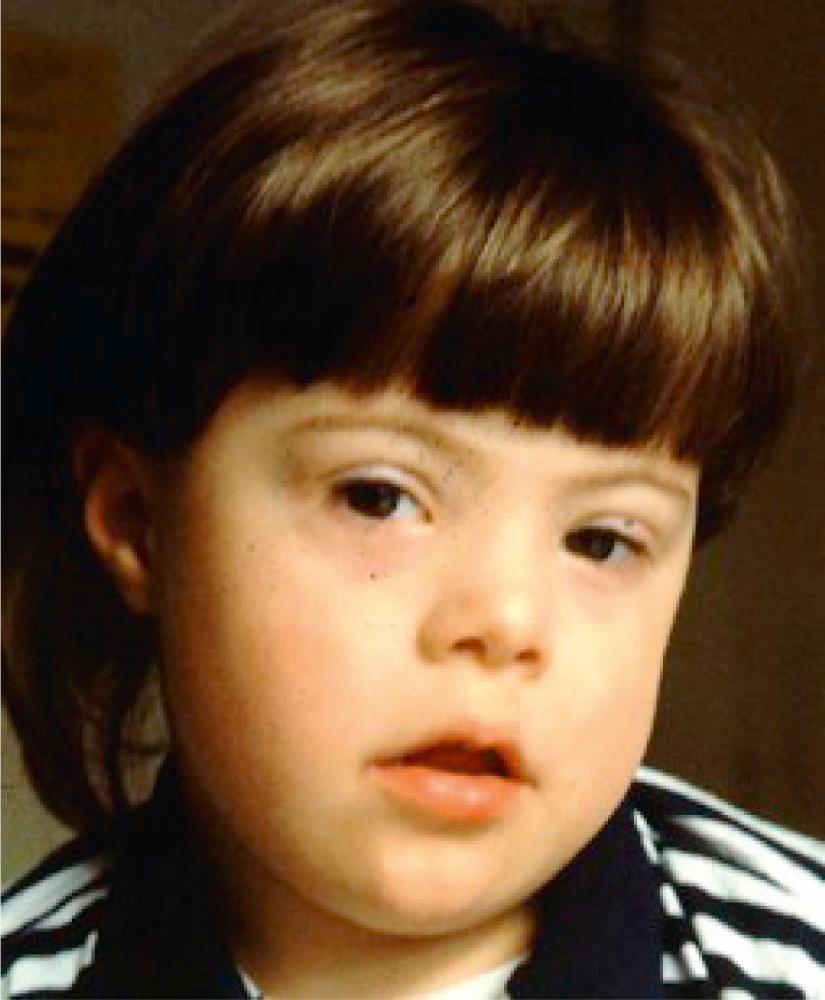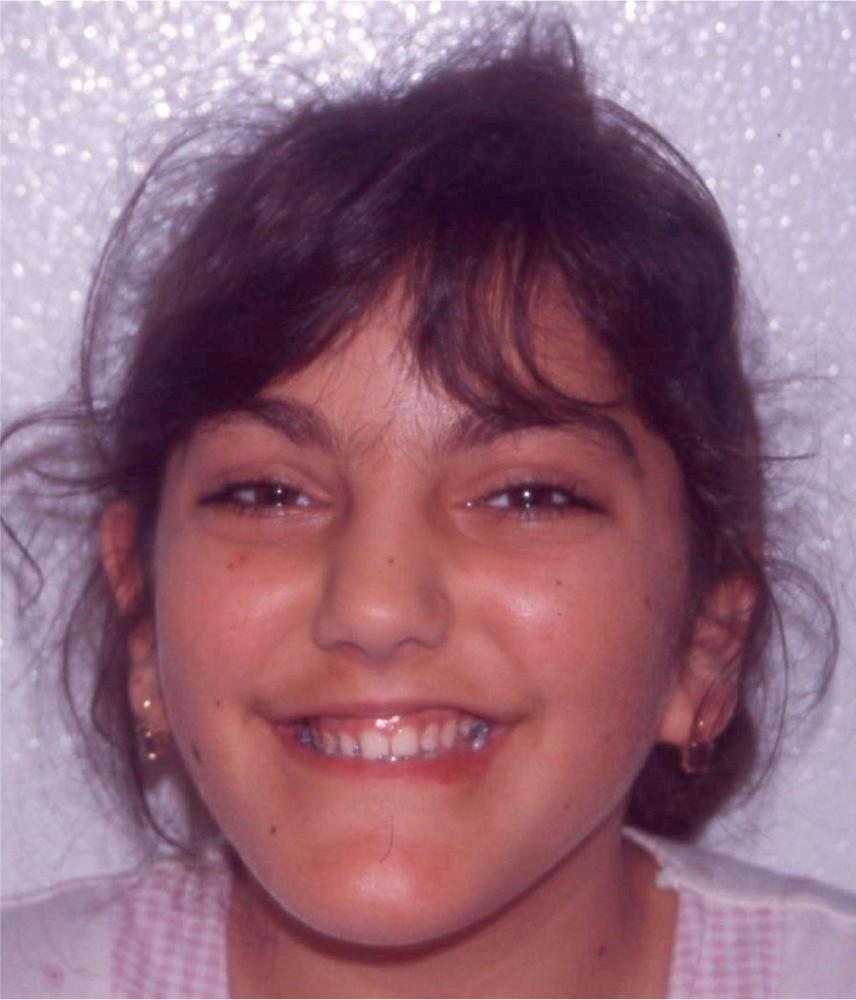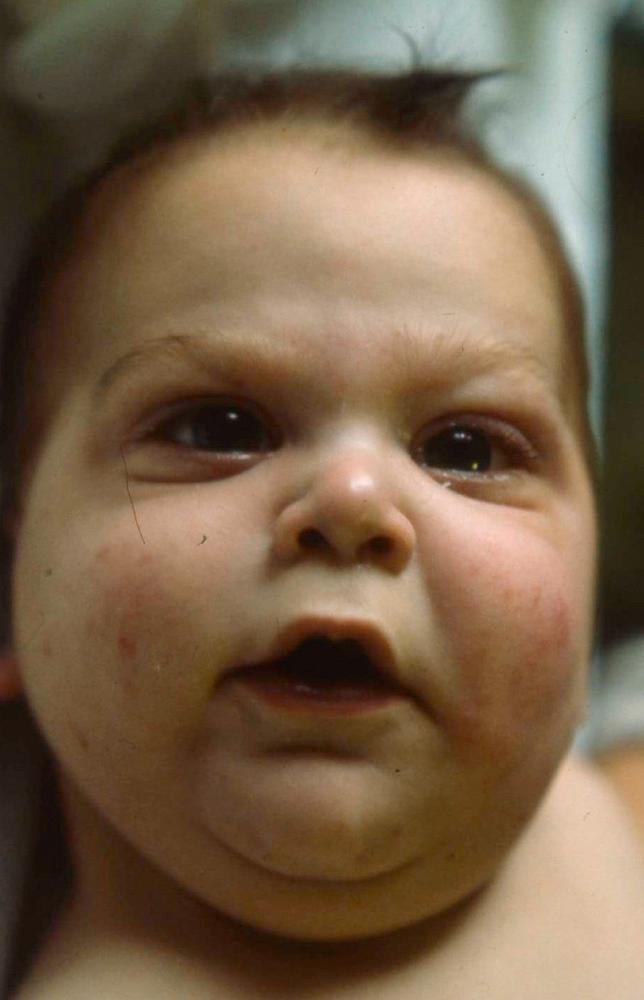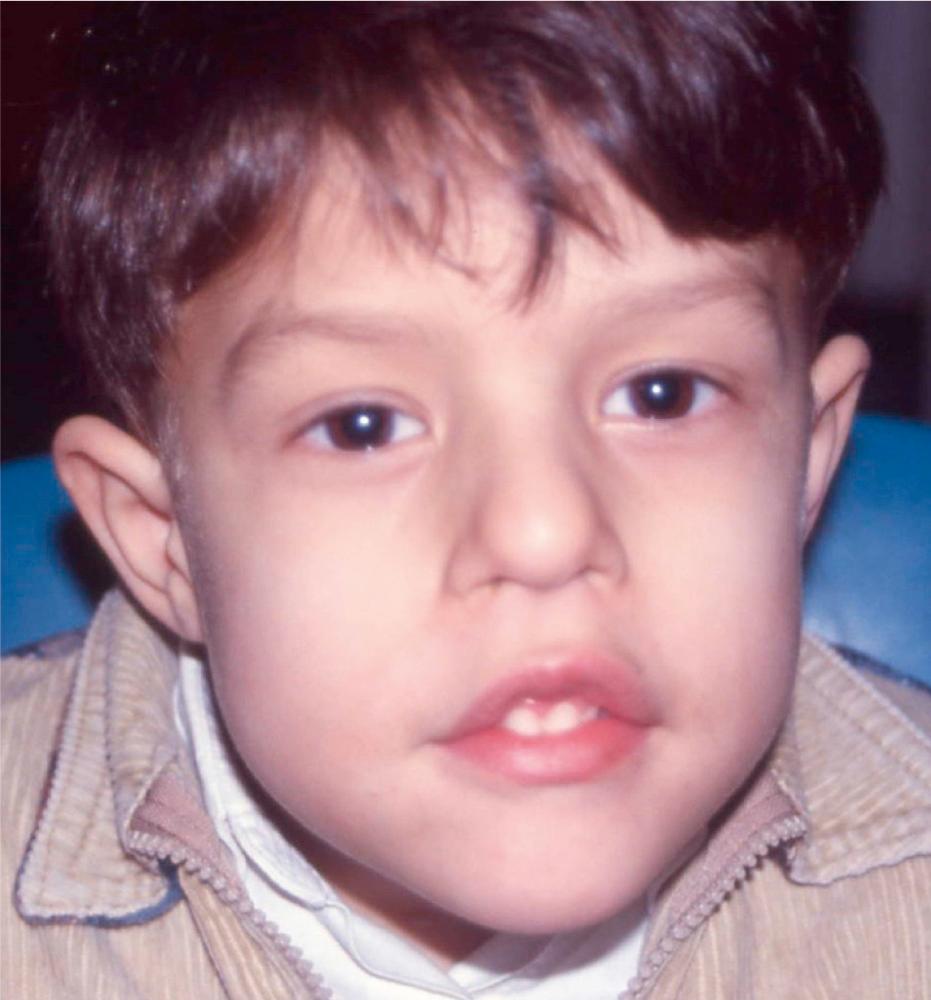Physical Address
304 North Cardinal St.
Dorchester Center, MA 02124
The majority of congenital heart defects (CHDs) occur as isolated malformations, whereas approximately 25% to 30% of them are associated with extracardiac anomalies, in the setting of large or submicroscopic chromosomal anomalies, monogenic mendelian disorders, and genetic associations. Furthermore, recent studies reported a higher frequency (approximately 40%) of detecting an underlying disorder when the cohort studies were done on patients with cardiac defects requiring invasive or surgical interventions (i.e., the most severe forms).
Moreover, although in neonates with cardiac defect the incidence of aneuploidy ranges between 9% and 18%, among fetuses with prenatally diagnosed heart malformation the incidence of aneuploidy is higher, ranging between 33% and 42%. Almost all (98%) fetuses with aneuploidy and cardiac defect have one or more extracardiac malformation.
The strong association between CHD and genetic syndromes may be explained by the important contribution of extracardiac tissues to accomplish a normal heart development. This observation, made by Maria Victoria de la Cruz in 1977, was confirmed by the discovery of a second heart field contributing to the formation of outflow tract and the venous pole of the heart. So, it does not come as a surprise that in the presence of a genetic syndrome, which involves multiple organs, the contribution of the extracardiac tissues required for heart development also can be missing, causing an associated CHD.
Neurodevelopmental anomalies are one of the most important problems in children with CHD. These complications affect approximately 10% of children with cardiac defect and about 50% of the group with severe heart malformation is prevalently in patients with associated genetic syndromes.
Some types of CHD, such as atrioventricular canal defect (AVCD) and conotruncal malformations, are more frequently found in association with genetic syndromes such as Down or deletion 22q11.2 syndromes, whereas other types are prevalently isolated defects (tricuspid atresia) ( Table 77.1 ). Nevertheless, all types of CHDs need to be evaluated by a clinical geneticist. Specific genetic testing should be indicated in patients with extracardiac anomalies or familial recurrence of the disease. Knowledge in this area is evolving dramatically, and advances in molecular testing are leading to the identification of an increased number of causes of syndromic and isolated CHDs.
| Congenital Heart Defect | Frequency (%) |
|---|---|
| Atrioventricular canal defect | 70–80 |
| Interrupted aortic arch | 40–50 |
| Truncus arteriosus | 40–45 |
| Double-outlet right ventricle | 35–40 |
| Atrial septal defect | 30–40 |
| Tetralogy of Fallot | 30–35 |
| Aortic coarctation | 23–25 |
| Abnormal pulmonary venous return | 20–23 |
| Ventricular septal defect | 18–25 |
| Ebstein anomaly | 18–23 |
| Pulmonary stenosis | 15–25 |
| Aortic stenosis | 15–20 |
| Hypoplastic left ventricle | 15–20 |
| Tricuspid atresia | 12–18 |
| Transposition of the great arteries | 10–12 |
| Pulmonary atresia and intact septum | 8–12 |
Historically, the care of CHDs associated with genetic syndromes has been set aside because of their complexity, resulting in an increased risk for death and/or major complications. The improvement in surgical repair of even the most challenging CHDs allowed the survival of these patients, switching our perspective from an exclusively cardiac outcome to a multispecialty approach, where the general well-being of a child with CHD and genetic syndromes is our main goal.
Several phenotype-genotype correlation studies suggest that specific morphogenetic mechanisms put in motion by genes can result in a specific cardiac phenotype. These results have several important clinical implications. In fact, the recognition of distinct cardiac anatomic subtypes may help in suggesting accurate diagnoses and specific medical and surgical therapy.
A special effort needs to be made for the identification of specific syndromes because this has a dramatic impact on management, surgical outcomes, long-term outlook, and genetic counseling for future pregnancies. A multidisciplinary approach, with focus on the specific risk factors related to specific genetic syndromes, can be used in the patients’ treatment and follow-up.
Beside the clinical implications, the genotype-phenotype correlation shed light on embryologic mechanisms that control cardiac development, increasing our knowledge on the genetic basis of CHD also in nonsyndromic patients.
Down syndrome is characterized by neonatal hypotonia, developmental and cognitive delay, cardiac and gastrointestinal malformations, and specific facial anomalies, including flat face, upslanting palpebral fissures, epicanthal folds, small nose with low nasal bridge, and downturned small mouth with tendency to protrude the tongue ( Fig. 77.1 ). Associated gastrointestinal malformation include duodenal atresia, Hirschsprung disease, anal atresia, or stenosis ( Table 77.2 ). Additional medical complications can manifest as thyroid gland malfunctioning, upper respiratory infections, audiologic problems, or hematologic diseases.

| Clinical Feature | Frequency (%) |
|---|---|
| Developmental delay | 100 |
| Facial anomalies | 100 |
| Congenital heart defect | 50 |
| Atrioventricular canal defect | 40 |
| Ventricular septal defect, inlet type | 25 |
| Atrial septal defect | 20 |
| Tetralogy of Fallot | 10 |
| Other | 5 |
| Duodenal atresia | 20 |
| Hirschsprung disease | 10 |
| Anal atresia or stenosis | 8 |
| Ocular anomalies | 5 |
CHDs are diagnosed in approximately 50% of patients but the incidence is lower in those with trisomy 21 mosaicism. The classic studies reported that the more frequent cardiac defect is AVCD, followed by atrial septal defects, ventricular septal defects, and tetralogy of Fallot (see Table 77.2 ). However, in Asian and Native American children with Down syndrome the prevalence of various types of cardiac defect is quite different in comparison with the white population. The most common cardiac defect in Asian and Native American children with Down syndrome is similar from a genetic point of view and is the ventricular septal defect followed by the AVCD that is prevalent in whites. This finding suggested that, in persons with Down syndrome, other genetic factors (different from trisomy 21) may be involved in the pathogenesis of the various types of CHD.
Some anatomic patterns of CHD are quite distinct in the condition. In particular, the complete form of AVCD, which is prevalent in Down syndrome, is rarely associated with other cardiac anomalies, excluding tetralogy of Fallot. Particularly, left-sided obstructive lesions, including right ventricular dominance, subaortic stenosis, and aortic coarctation, are rare, in contrast to the AVCD patients with normal karyotype. Anomalies of the visceral situs, ventricular loop, and transposition of the great arteries are virtually absent in these patients.
The inlet type ventricular septal defect (VSD) is prevalent in patients with Down syndrome, whereas muscular and subarterial septal defects are very rare.
A major impact in cardiologic medical and surgical management of patients with Down syndrome is due to the observed favorable anatomic characteristics of the heart. In fact, surgical results of both the partial and the complete type AVCD are better in patients with Down syndrome compared with nonsyndromic children, with the exception for the known tendency to develop pulmonary hypertension in Down syndrome. Down syndrome has been identified as the most significant risk factor for atrioventricular block after surgical closure of perimembranous VSD, and this should be explained considering the prevalence of inlet extension of the malformation.
Particular attention in the perioperative period in Down syndrome patients should be addressed to the associated noncardiac issues, such as respiratory obstructive disease, immune system disorders, and infections.
Down syndrome is caused by trisomy of chromosome 21. The overexpression of genes mapping on this chromosome should be considered related to the etiology of malformations and developmental delay in Down syndrome, although the molecular basis regulating the presence and anatomy of CHD is still unclear.
A critical region for CHD has been identified on chromosome 21, but variants in genes mapping on different chromosomes have also been considered to be etiologically involved, such as CRELD1 , FBLN2 , FRZB , and GATA5 . In addition, a potential role of copy number variations mapping on chromosomes different from the 21 has been evidenced in the pathogenesis of CHD in Down syndrome. These genetic variants may explain the variability of cardiac phenotype and the ethnic differences.
Some recent observations in mouse models have pointed to a role of the Shh signaling pathway in Down syndrome. Cerebral, skin, liver, and intestine mice trisomic cells have shown defective mitogenic Shh activity with cell proliferation impairment due to a higher expression of Ptch1 , a receptor normally repressing the Shh pathway. In addition, subcutaneous administration of the Shh pathway agonist SAG to trisomic Ts65Dn mice at birth resulted in an increased proliferation of granule cell precursors in the cerebellum.
Clinical characteristics include short stature, gonadal dysgenesis, CHD, renal malformation, pectus excavatum, cubitus valgum, pterygium colli, lymphedema, and facial anomalies, including palpebral ptosis with elongated fissures, epicanthal folds, flat nasal bridge, and downturned mouth ( Table 77.3 and Fig. 77.2 ). Most patients with Turner syndrome have intelligence falling within the normal range. The phenotype is highly variable between affected subjects.
| Clinical Feature | Frequency (%) |
|---|---|
| Short stature | 95 |
| Gonadal dysgenesis | 95 |
| Pterygium colli/Short neck | 80 |
| Facial anomalies | 75 |
| Lymphatic anomalies | 60 |
| Skeletal anomalies | 50 |
| Hypertension | 45 |
| Renal anomalies | 25–45 |
| Congenital heart defect (45,X karyotype) | 25–40 |
| Aortic coarctation alone | 25 |
| Bicuspid aortic valve alone | 25 |
| Aortic coarctation and other cardiovascular anomalies | 10 |
| Aortic valve stenosis | 10 |
| Hypoplastic left heart syndrome | 5 |
| Anomalous pulmonary venous return | 5 |
| Other | 20 |
| Conductive or sensorineural deafness | 25 |
| Developmental delay | 3 |

The prevalence of cardiac defect ranges between 20% and 40%. Cardiac anatomic types include aortic coarctation and/or bicuspid aortic valve, partial anomalous pulmonary vein connection, and hypoplastic left heart syndrome (see Table 77.3 ). Hypertension, mitral valve prolapse, and conduction defects can also be present in the syndrome. CHD, in particular aortic abnormalities, seem to be more prevalent in children with 45,X (complete monosomy X) karyotype in comparison to patients with mosaic karyotypes.
The risk of aortic dilatation, dissection, and rupture early in life is to be considered in patients with Turner syndrome. A vasculopathy involving intimal and medial thickening of large arteries represents the substratum for the development of dilatation and dissection of the aorta. Friability of the aortic wall has been related to a higher risk of hemorrhages at surgery and after stent implantation. Moreover, in neonates with hypoplastic left heart syndrome, the presence of Turner syndrome was reported as a risk factor for Norwood stage I operation and for the long-term postoperative follow-up. The role of extracardiac defects is discussed because the operative mortality is not increased, but they seem to be predictors of a poor midterm outcome. To prevent complications (in particular aortic dissection), patients with Turner syndrome should be monitored according to a specific protocol including accurate clinical and echocardiographic follow-up, and control of blood pressure.
Turner syndrome is a genetic disorder with loss of part or all of the second sex chromosome. The 85% of the patients have a 45,X chromosome constitution. Deletion of the short arm of the second copy of the X chromosome or homologous sequences on the Y chromosome can be detected in smaller percentages, so as an X isochromosome (duplication of the long arm with loss of the short arm) or ring/marker X chromosome. This latter chromosome constitution may be associated with a more severe phenotype.
Trisomy 13, also known Patau syndrome, is characterized by prenatal and postnatal growth deficiency, severe developmental delay, orofacial clefts, microphthalmia, cerebral malformations, CHD, postaxial polydactyly of limbs, and facial anomalies.
Clinical features of trisomy 18, also known as Edwards syndrome, include psychomotor retardation, growth deficiency, CHD, overriding fingers at hands, and facial anomalies. Infant mortality is high in these disorders.
Cardiac malformations are diagnosed in 80% of patients with trisomy 13 and in 90% of cases with trisomy 18. Atrial or ventricular septal defects and conotruncal anomalies are the more frequently detected CHDs. Polyvalvar disease is frequently diagnosed in trisomy 18, so is complex CHDs, including double-outlet right ventricle, AVCD, or left-sided obstructive lesions can also be detected.
Neonatal death in trisomy 13 and 18 is usually not due to the underlying heart disease. Currently, because of the markedly short life expectancy associated with the condition, the management of CHD is typically limited to medical strategies in these patients. Palliative congenital heart surgery is used, and complete repair is used only in some centers. Nevertheless, recent experience has shown that CHD in these patients does not confer an increased in-hospital mortality, and congenital heart surgery is associated with significantly decreased in-hospital mortality and shorter length of stay.
Trisomy 13 is the result of the presence of an extra thirteenth chromosome, whereas an extra eighteenth chromosome is detectable in trisomy 18. Translocation can occasionally occur in both aneuploidies.
Clinical characteristics include developmental delay and cognitive deficit, microcephaly, hypospadias, CHD, low birth weight, and mild facial anomalies, including epicanthal folds, microstomia, and low-set and malformed ears ( Fig. 77.3 and Table 77.4 ).

| Clinical Feature | Frequency (%) |
|---|---|
| Developmental delay/learning difficulties | 100 |
| Congenital heart defect | 70 |
| Atrioventricular canal defect (with or without pulmonary valve stenosis) | 60 |
| Pulmonary valve stenosis (alone) | 15 |
| Atrial septal defect | 10 |
| Tetralogy of Fallot | 5 |
| Heterotaxia | 5 |
| Other | 5 |
| Facial anomalies | 65 |
| Microcephaly | 55 |
| Hypospadia | 40 |
| Cryptorchidism | 30 |
| Epilepsy | 25 |
Cardiac malformations are present in two-thirds of the patients, and AVCD is diagnosed in approximately 40% of the cases, documenting a strong association of the atrioventricular septal defect with terminal deletions of 8p. In general, the AVCD is complete and often associated with pulmonary valve stenosis. In addition, the finding of dextrocardia, abnormalities of the pulmonary and systemic venous returns, common atrium, pulmonary stenosis, single ventricle, and transposition of the great arteries in a number of patients with deletion 8p23 suggest that cardiac laterality defects may be involved.
Nevertheless, the spectrum of CHDs in this syndrome is wide because conotruncal anomalies, ventricular or atrial septal defects, pulmonary valve stenosis, and patent ductus arteriosus have been also reported (see Table 77.4 ).
The syndrome is due to deletion of the distal part of chromosome 8p. A cluster of genes affecting heart differentiation is located on the distal chromosome 8p. GATA4 is considered a candidate gene for heart defects because it affects the initial steps of cardiac morphogenesis and is found to be deleted in majority of patients with deletion 8p and CHD. Nevertheless, it is unclear at present if a single gene or several genes in this region have a role in heart differentiation, and positional effects cannot be excluded.
Clinical characteristics of deletion 22q11.2 include CHD, palatal malformations, neonatal hypocalcemia, immune deficit, speech and learning disabilities, facial anomalies such as hypertelorism, “hooded eyelids,” tubular nose, small mouth or micrognathia, auricular abnormalities, and asymmetric crying facies ( Fig. 77.4 and Table 77.5 ). Palatal abnormalities are represented by cleft palate, velopharyngeal incompetence, submucosal cleft palate, bifid uvula, and functional problems such as hypotonia of the velopharyngeal musculature. Immunodeficiency occurs as a result of thymic hypoplasia. In fact, impaired T-cell production is the primary defect because the role of the thymus is to support the maturation of T cells. Hypocalcemia is typically most relevant in the neonatal period and is secondary to hypoparathyroidism. However, it may recur in adulthood, especially concomitantly with biologic stress such as fever or surgery. Developmental delay is expressed as speech delay, intellectual disability, and learning difficulties in specific areas. Psychiatric illness and predisposition to schizophrenia are the most common group of late-onset conditions in adolescent and adult patients.

| Clinical Feature | Frequency (%) |
|---|---|
| Facial anomalies | 100 |
| Learning difficulties | 70–90 |
| Congenital heart defect | 75 |
| Pulmonary atresia with ventricular septal defect | 25 |
| Tetralogy of Fallot | 25 |
| Ventricular septal defect, subaortic | 15 |
| Interrupted aortic arch | 10 |
| Truncus arteriosus | 10 |
| Vascular ring | 8 |
| Atrial septal defect | 5 |
| Other | 2 |
| Immune deficiency | 75 |
| Palatal anomalies | 70 |
| Neonatal hypocalcemia | 50 |
| Renal anomalies | 30 |
| Skeletal anomalies | 15 |
| Ocular anomalies | 7 |
| Anal anomalies | 2 |
CHDs are present in 75% of patients with deletion 22q11.2; commonly, conotruncal defects are the major cause of mortality (>90% of all deaths). Anatomic types include tetralogy of Fallot, pulmonary atresia with ventricular septal defect, interrupted aortic arch, mainly type B, truncus arteriosus, and ventricular septal defect (see Table 77.5 ). Commonly seen aortic arch anomalies, either in isolation or in association with intracardiac anomalies, are cervical aortic arch, double aortic arch, right-sided aortic arch, and abnormal origin of the subclavian arteries. A subset of affected individuals are found to have dilated aortic root.
The syndrome is sometimes associated with peculiar aspects of cardiac anatomy. In fact, discontinuity, diffuse hypoplasia, crossing of the pulmonary arteries, and major aortopulmonary collateral arteries may be recognizable patterns for tetralogy of Fallot (also in the setting of an absent pulmonary valve) and for pulmonary atresia with ventricular septal defect. Discontinuity of the pulmonary arteries may be characteristic for truncus arteriosus type A3 (according to Van Praagh classification), whereas hypoplasia of infundibular septum is present in both tetralogy of Fallot and interrupted aortic arch.
The analysis of surgical results show that these additional cardiac defects do not worsen surgical prognosis, and deletion 22q11.2 does not represent a surgical risk factor when syndrome-specific perioperative management is adopted. Long-term survival of patients with conotruncal cardiac defects and deletion 22q11.2 is similar to that of patients with nonsyndromic conotruncal defect. Patients with pulmonary atresia and major aortopulmonary collateral arteries are an exception in terms of mortality risk, probably due to the complexity of the pulmonary artery anatomy.
Major systemic to pulmonary collaterals may be responsible for bronchomalacia and persistent airway hyperresponsiveness with bronchospasm in the preoperative and postoperative periods. In patients with deletion 22q11.2, the perioperative care should be focused on prevention of hypocalcemia and infections, including analysis of lymphocyte populations prior to transfusion, administration of irradiated blood products, and aggressive treatment of perioperative infections, and perhaps antifungal prophylaxis in selected situations.
The syndrome is caused by microdeletions in the 22q11.2 chromosomal region. Most patients have a 3-Mb deletion, resulting from nonallelic homologous recombination between the two largest low-copy repeats flanking the DiGeorge critical region. More than 40 genes map within the DiGeorge critical region. TBX1 gene is known to be a crucial gene in the syndrome and likely responsible for many heart and vascular anomalies. Considering the highly variable phenotypic expression of the syndrome, it is possible that deletion 22q11.2 alone cannot explain all the manifestations of the disease, and the sensitivity of individual genes within the 22q11.2 region to gene dosage variants and additional “modifying” variants outside the 22q11.2 region also account for the manifestations.
Become a Clinical Tree membership for Full access and enjoy Unlimited articles
If you are a member. Log in here